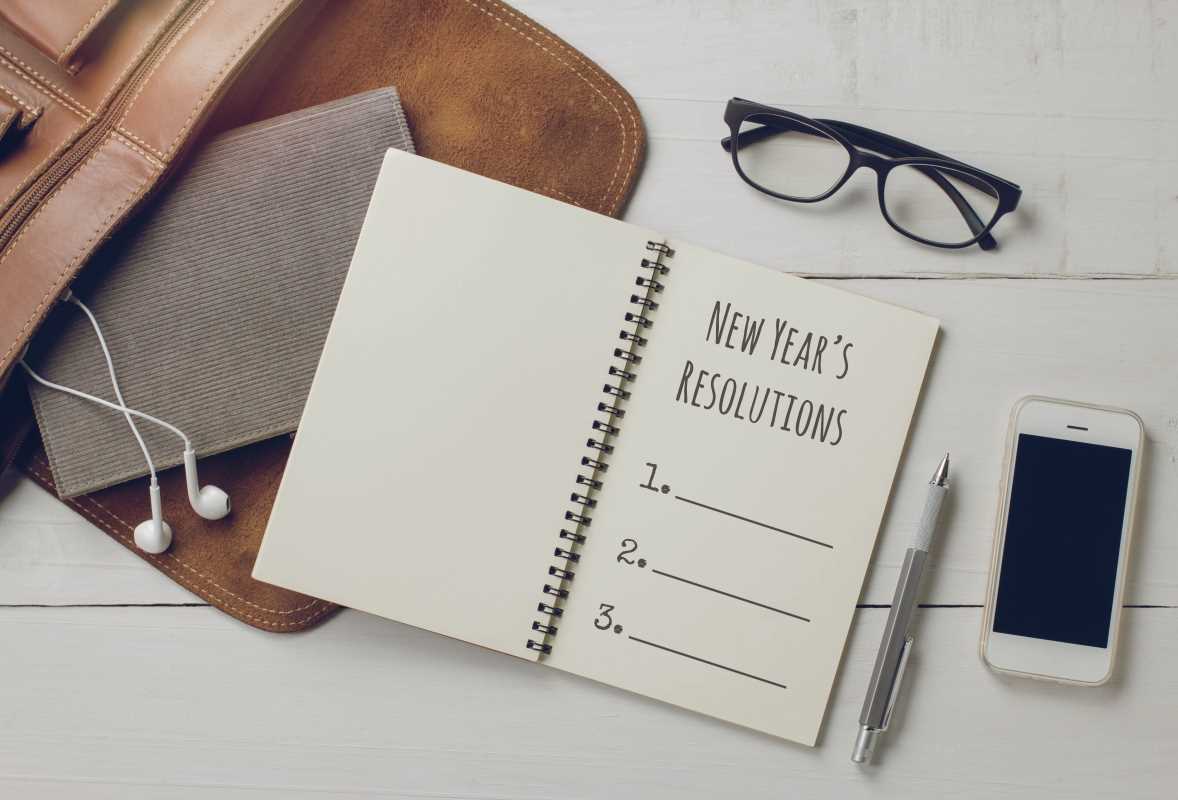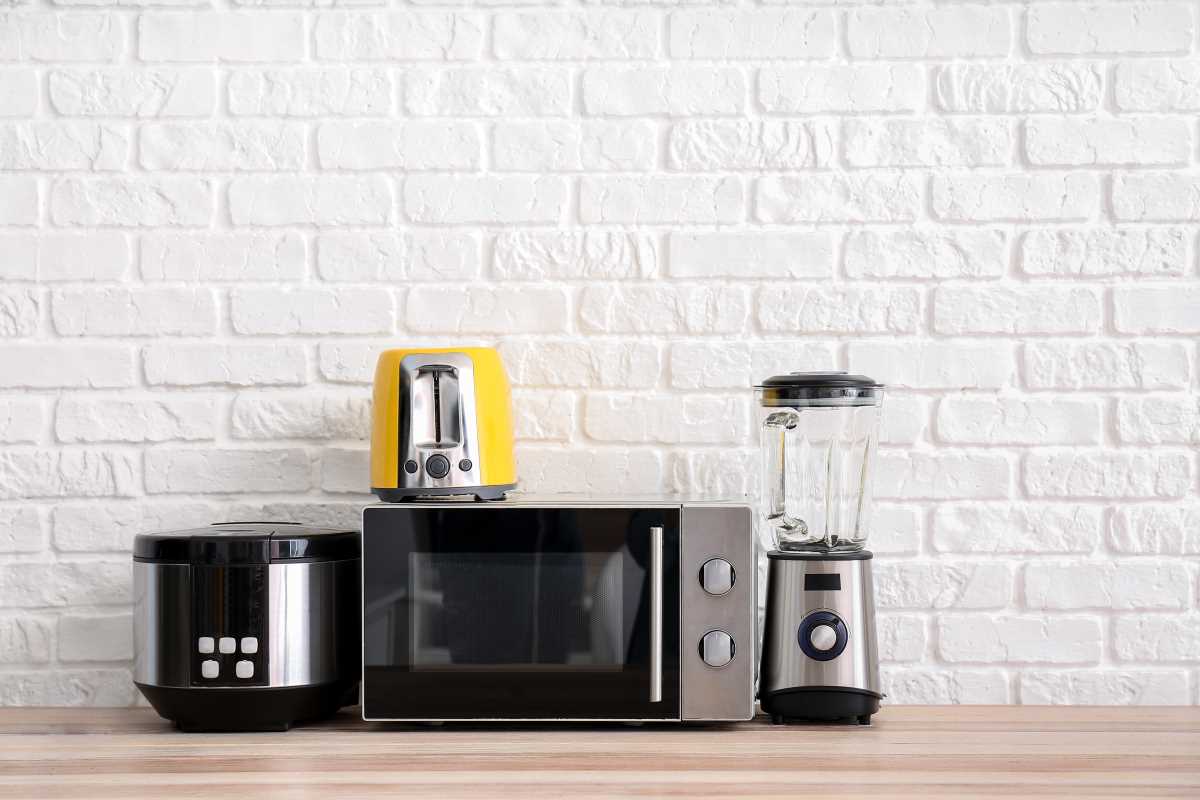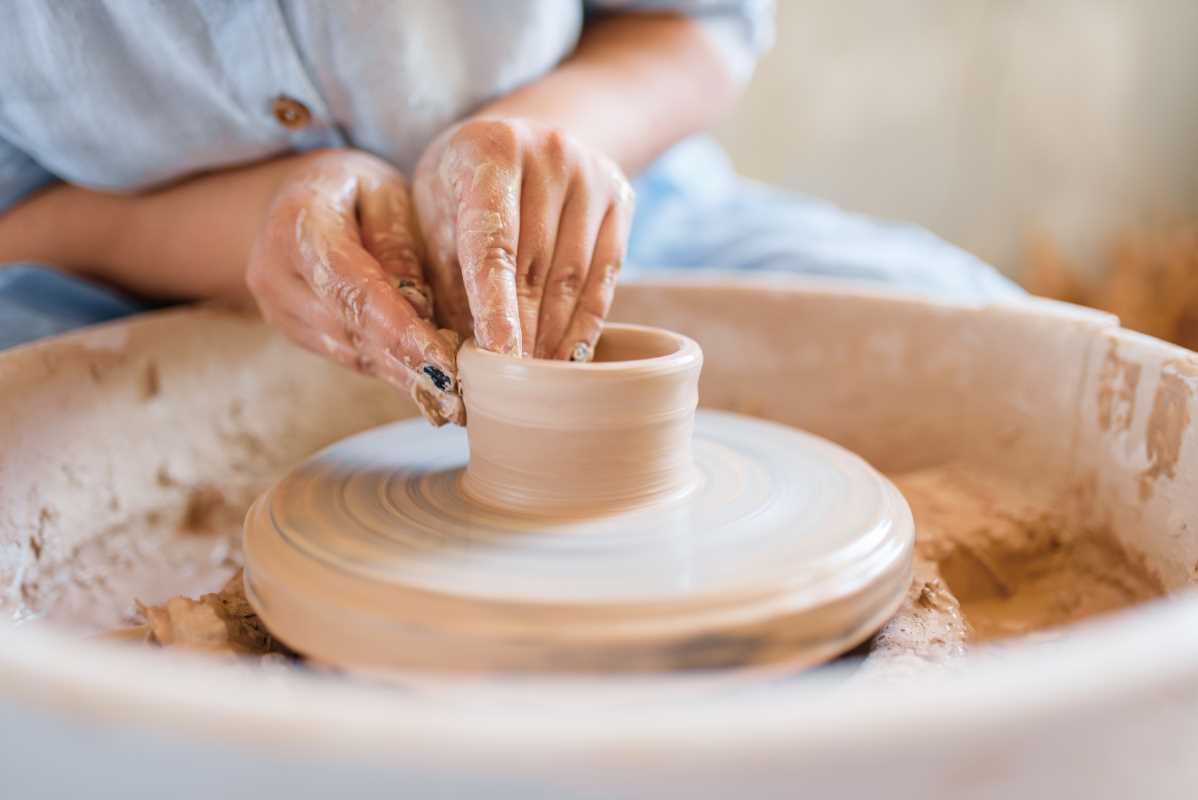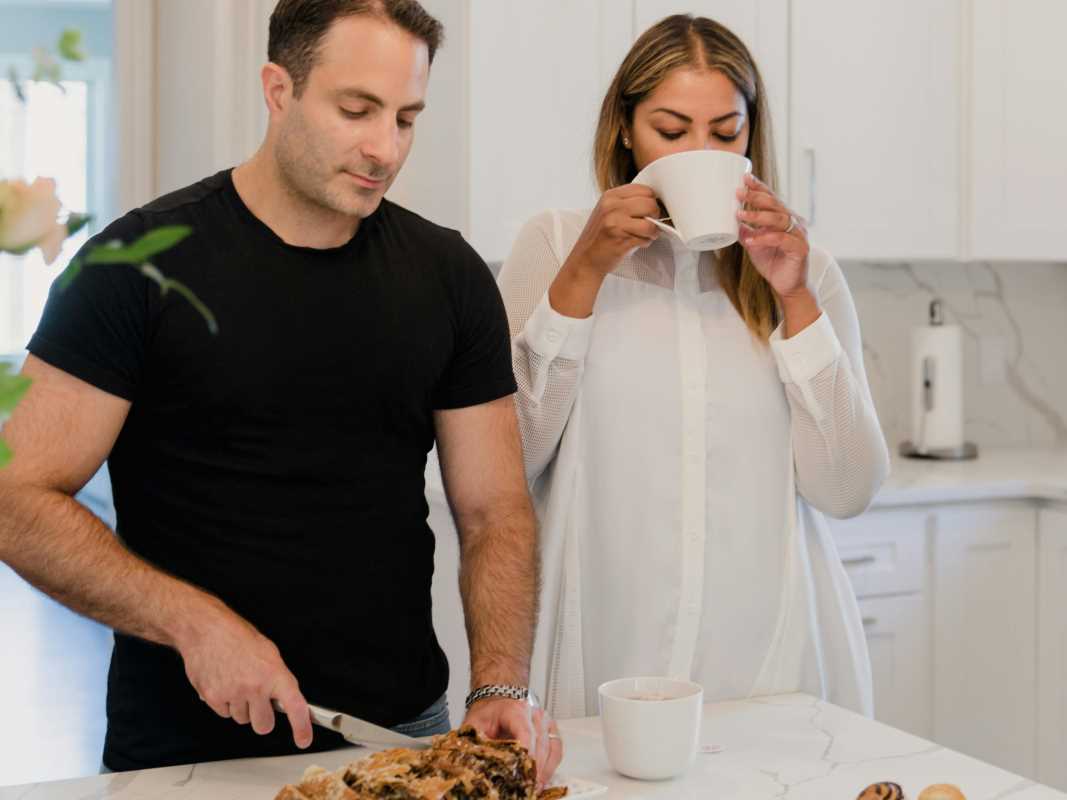The world of luxury timepieces is both alluring and treacherous. Nowhere is this more evident than in the realm of second-hand Rolex watches, where genuine treasures and convincing counterfeits exist side by side. The iconic crown logo represents not just precision engineering and timeless design, but also status and investment potential. With pre-owned Rolex prices ranging from several thousand to hundreds of thousands of dollars, the stakes are high, and the margin for error is slim. For the uninitiated, navigating this landscape can feel like trying to tell time in the dark.
The appeal of purchasing a pre-owned Rolex is multifaceted. Beyond the obvious financial advantage, with savings often ranging from 20-40% compared to retail, there's the thrill of hunting for discontinued models that represent significant chapters in horological history. Vintage Submariners from the 1960s, pristine Daytonas from before they became nearly impossible to acquire at authorized dealers, or the subtle charm of a perfectly patinated Explorer, these treasures await the discerning buyer who knows where to look and how to verify authenticity. The second-hand market also offers immediate gratification, bypassing the notorious waitlists that have become synonymous with purchasing new Rolex models.
Yet the romance of vintage Rolex hunting comes with substantial risks. The quality of counterfeits has improved dramatically, with "super fakes" incorporating genuine parts or movements that have been expertly modified. What once required only a cursory glance to spot now demands specialized knowledge and often specialized equipment. Every day, enthusiastic collectors part with significant sums for watches that aren't what they purport to be, sometimes knowingly, in the case of "Frankenwatches" with mixed genuine and aftermarket parts, but often as unwitting victims of sophisticated forgeries. The financial and emotional impact of such purchases can be devastating.
However, with proper research and precaution, the pre-owned Rolex market can be navigated safely. This guide aims to equip you with the knowledge to separate the authentic from the counterfeit, the fairly priced from the overvalued, and the wise investments from the potential disappointments. Whether you're a seasoned collector adding to your stable of timepieces or a first-time buyer seeking to mark a special occasion with something truly significant, these principles will help ensure your second-hand Rolex purchase brings lasting satisfaction rather than lasting regret.
The journey to finding your perfect authentic pre-owned Rolex begins with understanding that knowledge is your greatest protection. The more familiar you become with the subtle details of genuine Rolex craftsmanship, from the characteristic sweeping motion of the seconds hand to the precision of the dial printing, the better equipped you'll be to spot inconsistencies that signal potential problems. Consider this guide your first step in that educational process.
Know Your Trusted Sources
When hunting for a pre-owned Rolex, where you shop matters perhaps more than any other factor. Established luxury watch retailers with physical locations often offer certified pre-owned programs with authentication guarantees and limited warranties that provide valuable peace of mind. These businesses stake their reputation on every watch they sell, creating a powerful incentive for thorough authentication processes. Bob's Watches, Crown & Caliber, and Tourneau are examples of reputable dealers that specialize in pre-owned luxury timepieces and have robust authentication protocols.
Online marketplaces like Chrono24 provide escrow services that withhold payment to sellers until buyers have received and verified their watches, offering a layer of protection for remote transactions. The platform also vets dealers and provides ratings systems that help identify trustworthy sellers with established track records. Forums like Rolex Forums and WatchUSeek have active marketplaces where knowledgeable enthusiasts trade timepieces, often at competitive prices reflecting the absence of retail overhead costs.
Auction houses such as Christie's, Sotheby's, and Phillips employ horological experts who thoroughly vet the timepieces they accept for consignment. While their premiums add to the final cost, the authentication expertise they provide can be worth the additional expense, particularly for rare or historically significant models where provenance is especially important. These venues often attract exceptional pieces that rarely appear in traditional retail channels.
Less structured marketplaces like eBay present significantly higher risks but occasionally offer remarkable values for the knowledgeable buyer willing to conduct thorough due diligence. eBay's Authenticity Guarantee program for luxury watches provides some protection, but shouldn't be considered infallible. The ancient advice of "know your seller" applies doubly in these environments, where reputation and verifiable history of dealing in luxury watches should be considered prerequisites for consideration.
The most overlooked yet potentially rewarding sources are local jewelers with established businesses, particularly in wealthy areas where Rolex owners might trade in timepieces toward new purchases. These establishments often have less overhead than specialized watch dealers and might offer competitive pricing on authentic pieces that haven't been extensively marketed online.
Authentication Essentials
- The weight and feel of an authentic Rolex is distinctive, the solid construction creates a substantial heft that counterfeits rarely achieve
- Serial and case numbers should match documentation and fall within the correct range for the purported production period
- The cyclops magnifier on the date window should provide 2.5x magnification (counterfeits often offer less)
- The seconds hand should move smoothly at 8 beats per second rather than ticking once per second
- The Rolex crown logo should be precisely executed, not crude or misshapen
- The rehaut (inner bezel ring) engraving on modern Rolexes should be perfectly aligned and precisely engraved
- The bracelet should feel solid with minimal stretch in vintage pieces; excessive looseness indicates wear beyond what's acceptable
- Luminous material should match the purported age (Tritium until the late 1990s, Luminova briefly, then SuperLuminova)
 (Image via
(Image via





